Fixed Temp Heat Detector HT928
Fire heat detectors are suitable for protecting your home, where smoke detectors may cause false alarms.
Combined with a smoke detector, heat detectors can protect your home from fires.
DSW International manufactures various heat detection sensors and is in service worldwide since 1998.
Characteristics
* Explosionproof function, elegant shell, easy installation.
* Anti-interference, anti-humidity
* Non-pollution, high safety.
* Good stabilization, minimal false alarms, weather-resistant.
HT928 Features
| Parameter | Value |
|---|---|
| Power Source | DC12V~24V |
| Static Current | 30~50uA |
| Alarm Current | ≤40mA |
| Alarm Temperature | 65°C |
| Relay Switch | 0.5A Max. 24VDC |
| Working Temperature | -10°C~55°C |
| Working Humidity | 10%~90%RH non-condensing |

The Fixed-Temperature Heat Detector works when the heat exceeds a pre-determined temperature; the bi-metal deflects and closes the contact, triggering the fire signal.
Fixed Temperature Heat Detection / Thermal Detectors can respond to:
Fixed temperature limit
The rapid rate of change of the temperature in the protected area
Combination of these types of detection
Typical fixed-temperature spot-type detectors contain a bimetallic switch that closes at a specified temperature limit. The switch usually comprises two metals, each with a different expansion temperature coefficient.



What is a heat detector?
A heat detection sensor is a fire alarm device designed to respond when the convected thermal energy of a fire increases the temperature of a heat-sensitive element. The element’s thermal mass and conductivity regulate the heat flow rate into the component.
Be suitable for industrial and civil buildings with explosive and combustible gas.
Advantages of Fixed Heat detection
Lower cost than smoke detector units
More reliable than smoke detector units
Not affected by dusty or dirty environments
Minimal maintenance
Disadvantages of Fixed Heat detection
Slower to respond than smoke detectors
Will not detect products of combustion
Only suitable for the protection of property
How Do Heat Sensors Work?
Heat sensors actively detect the surrounding area’s temperature with precision and reliability. When these sensors identify a temperature surpassing the normal range, indicating a potential fire, they automatically activate. The activation threshold may vary depending on the specific heat detector model employed. Particular heat detectors are equipped to sense the rate at which the temperature is rising. If an unusually rapid temperature increase is detected, the sensor promptly activates.
Once activated, the heat detector promptly transmits a signal to the control panel, which triggers the fire alarm system. The response mechanism varies depending on the monitoring plan in place, and either the central station or the end user is promptly notified.
Users can choose between wireless and hardwired heat sensors to cater to their specific requirements. Hardwired heat sensors are often favoured by users utilizing hardwired systems. Conversely, wireless heat sensors offer a convenient option for wireless systems, eliminating the need for wiring during installation. Wireless heat sensors generally facilitate more accessible installation procedures. However, it is important to note that the batteries in wireless heat sensors must be replaced periodically, typically every few years. Certain users opt for more frequent battery replacements due to the critical nature of these sensors.
WHERE NOT TO INSTALL smoke detector
WARNING: Turn off the loop power before installing the detector.
1. Press and hold the base turn it counterclockwise, and take down the command.
2. According to the number mark on the base and connection-wire diagram, connect the wire to the corresponding number screw with the gasket.
3. Fix the base on the selected position.
4. Cover the alarm body: make the short line on the base aim at the long line on the alarm body and turn clockwise until the long line on the base aims at the long line on the alarm body.
The product is a new type of photoelectric smoke detector; when it detects smoke twice, it will immediately output a signal and trigger the connected unit to work, which tells you in advance that fire will occur and avoids unwanted loss, taking you safety and convenience.





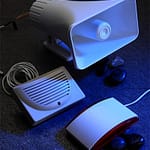
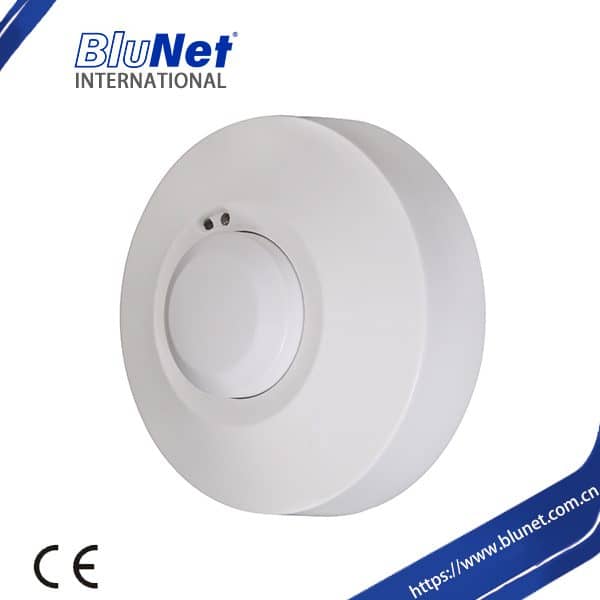
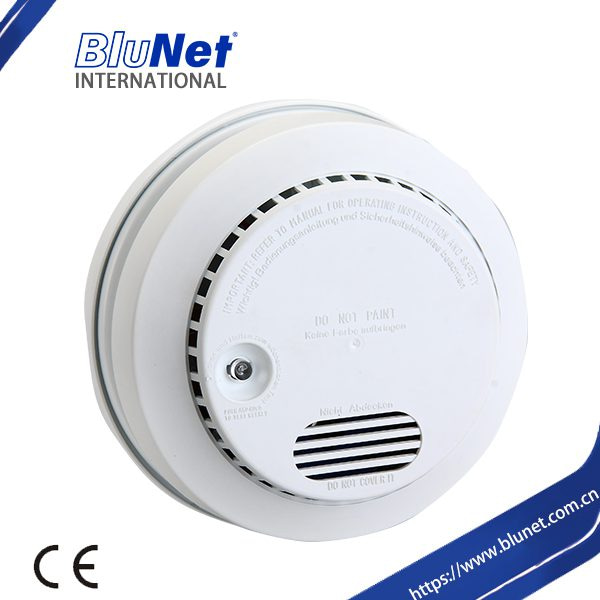


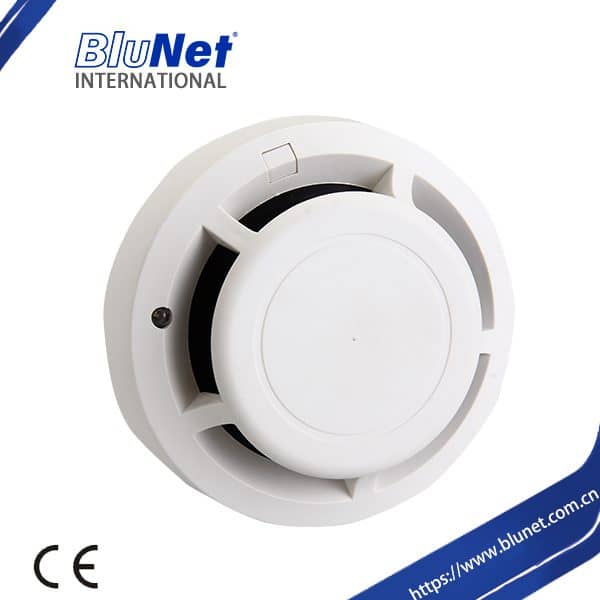
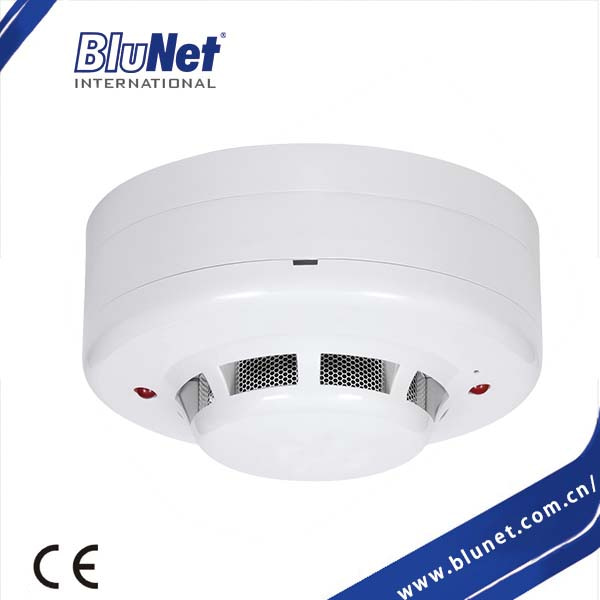
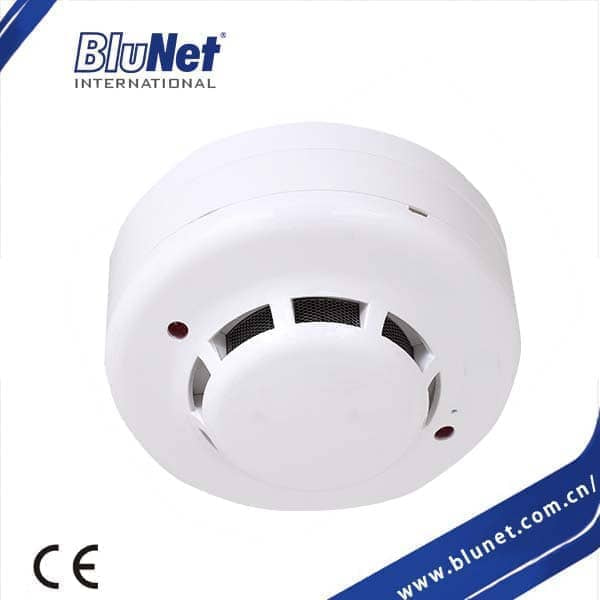
Reviews
There are no reviews yet.